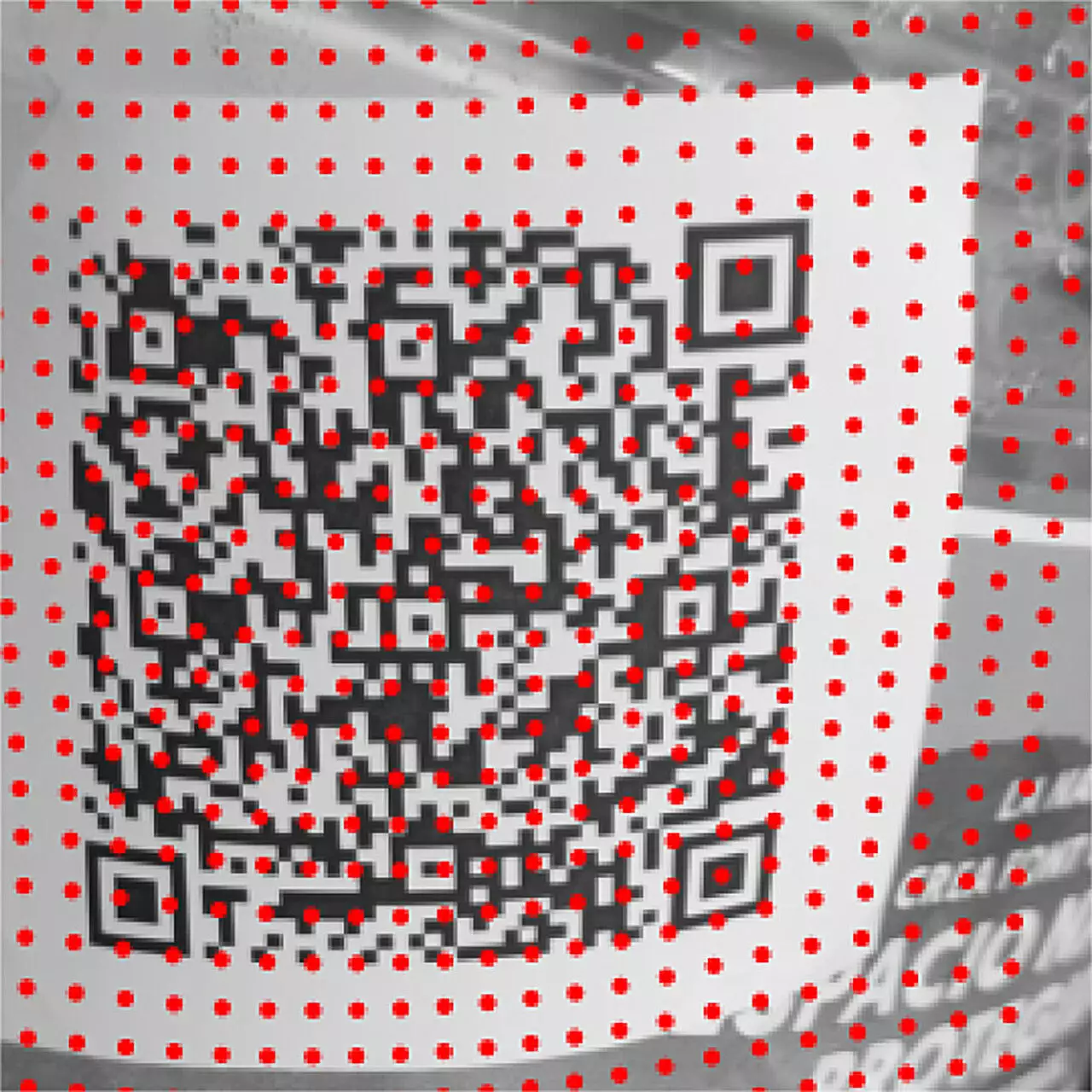In the age of digital connectivity, QR codes have emerged as essential tools bridging the gap between the physical and digital domains. However, despite their widespread use, scanning these two-dimensional barcodes is often met with complications. Users frequently face failures when trying to capture QR codes with the cameras on their smartphones. These failures can usually be attributed to various factors, primarily the quality of the QR code itself, the surface on which it is printed, and the environmental conditions during scanning.
QR codes, which consist of a matrix of black and white squares, require both clarity and contrast for successful recognition. When printed on irregular surfaces—like the curvy contours of bottles or the flared edges of food trays—these codes can become hard to read. With modern smartphones equipped with high-resolution cameras, one might expect flawless scanning capabilities; however, the reality is that many users still struggle to access the information encoded within these seemingly simple images.
A recent study led by researchers from the University of Barcelona and the Universitat Oberta de Catalunya offers hope in addressing the challenges of QR code recognition, particularly under challenging conditions. The findings were published in the journal *Pattern Recognition Letters*, marking a significant advancement in how QR codes can be interpreted across various environments.
The new methodology is particularly impressive as it doesn’t rely entirely on the physical characteristics of the surface where the QR code is located. This is a groundbreaking shift, as previous technologies often struggled with surfaces that were not flat or smooth. The researchers, spearheaded by Professor Ismael Benito, have developed an algorithm that utilizes the inherent patterns within QR codes to better analyze the underlying surface.
The algorithm introduced by Benito and his team employs an innovative approach by using mathematical functions known as splines. These functions allow for a localized adjustment of the QR code’s topography, making it possible to recover the texture of the surface on which the code is situated. Originally popular in fields like geological studies and photographic editing, splines grant the technology a unique ability to adapt to surface irregularities, ultimately enhancing the efficacy of QR code scanning.
Benito cites distinct challenges, particularly when users scan codes like those used in Bicing—Barcelona’s bike-sharing service. The cylindrical surfaces create limitations; if a user stands too close, the distortion becomes pronounced, and if they are too far away, the QR code shrinks beyond recognition. The sweet spot for optimal scanning typically lies between 30 to 50 centimeters away, where the surface distortion is minimized, and clarity is maximized.
This groundbreaking research not only seeks to enhance user experience but also aims to address pressing security concerns. One of the primary challenges faced by industries implementing QR code technology is ensuring the integrity of the information encoded within. Professor Benito outlines a significant focus on developing reliable systems capable of thwarting potential cyber threats, wherein malicious modifications to QR codes could lead to fraudulent data capture.
The potential applications of this research extend far and wide, offering improvements in various sectors such as retail, logistics, and even healthcare. For industries operating in controlled environments, the main goal shifts to increasing scanning speeds while maintaining accuracy—a demanding yet achievable objective.
The research conducted by the University of Barcelona and Universitat Oberta de Catalunya heralds a new beginning for QR code scanning technology. By addressing critical challenges posed by non-uniform surfaces and complex environmental factors, the insights gained from this study have the potential to revolutionize the user experience associated with QR codes.
As both consumers and industries continue to rely heavily on these digital links, the advancements made in QR recognition offer not only efficient access to information but also pave the way for more secure applications. As technology advances, so too does our ability to bridge the physical and digital worlds, ultimately enriching our interactions with the environment around us.


Leave a Reply